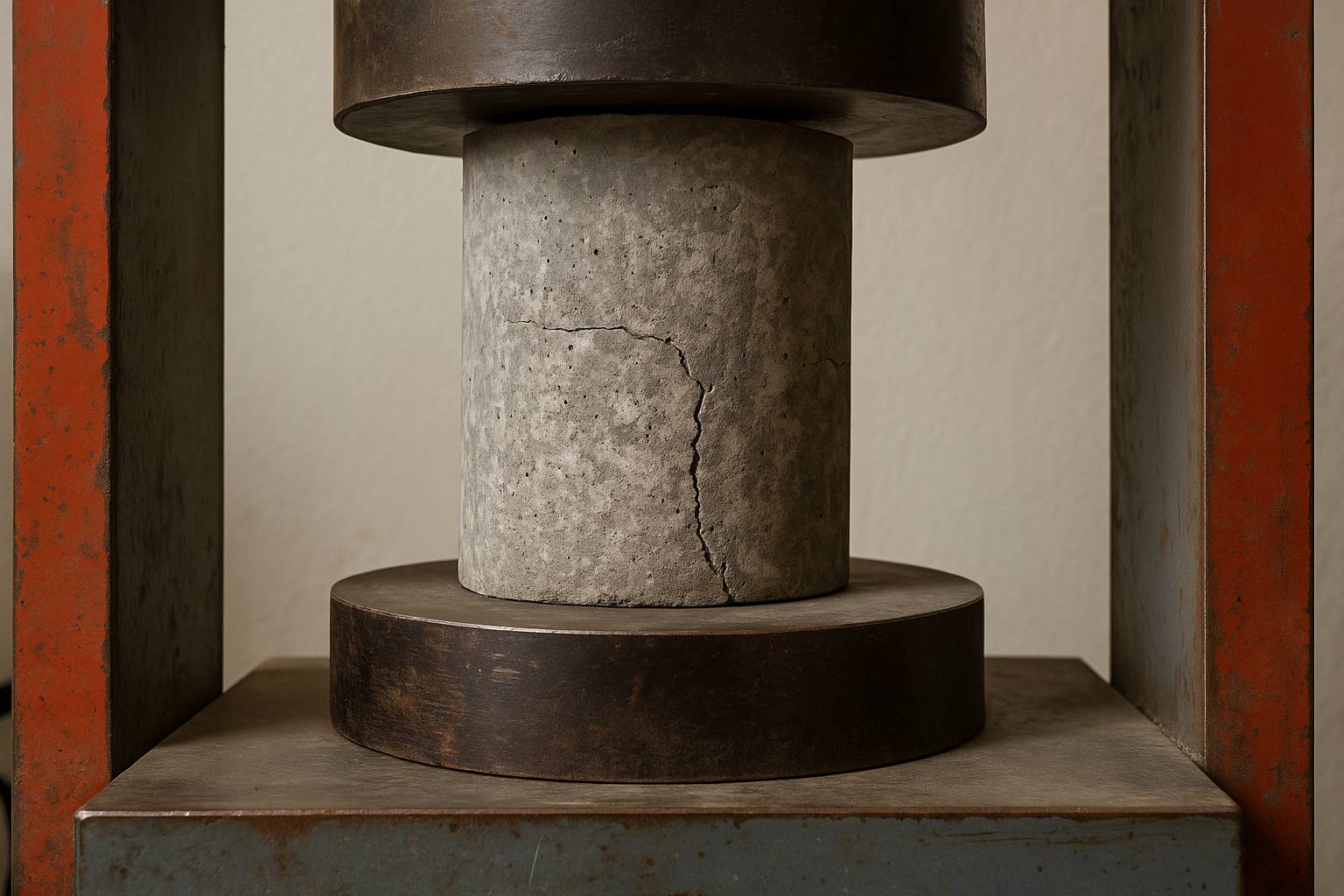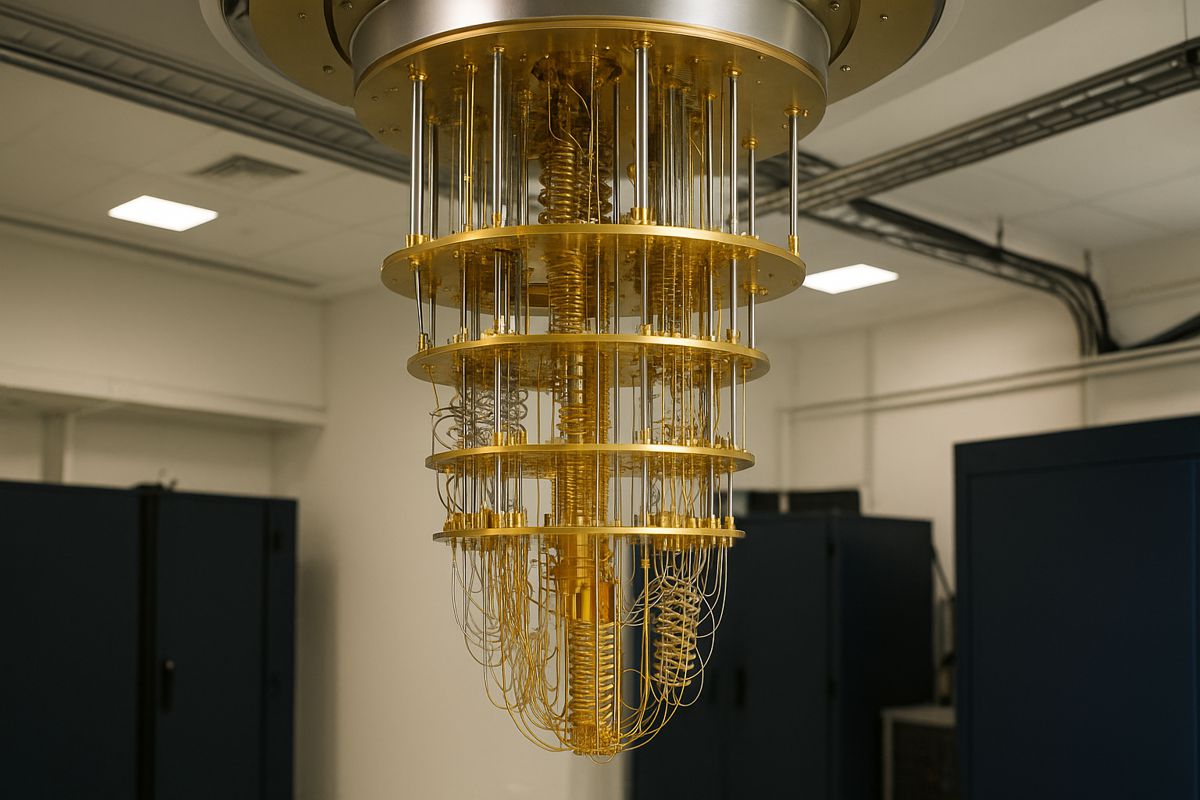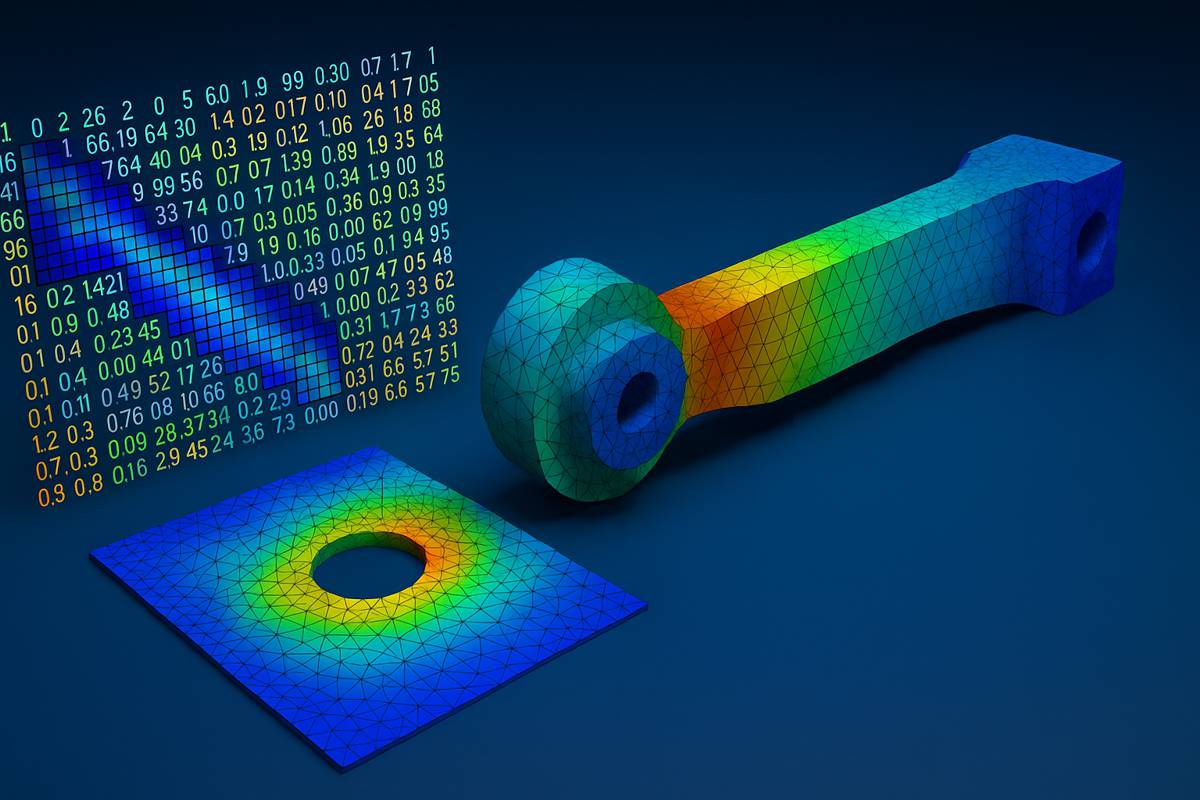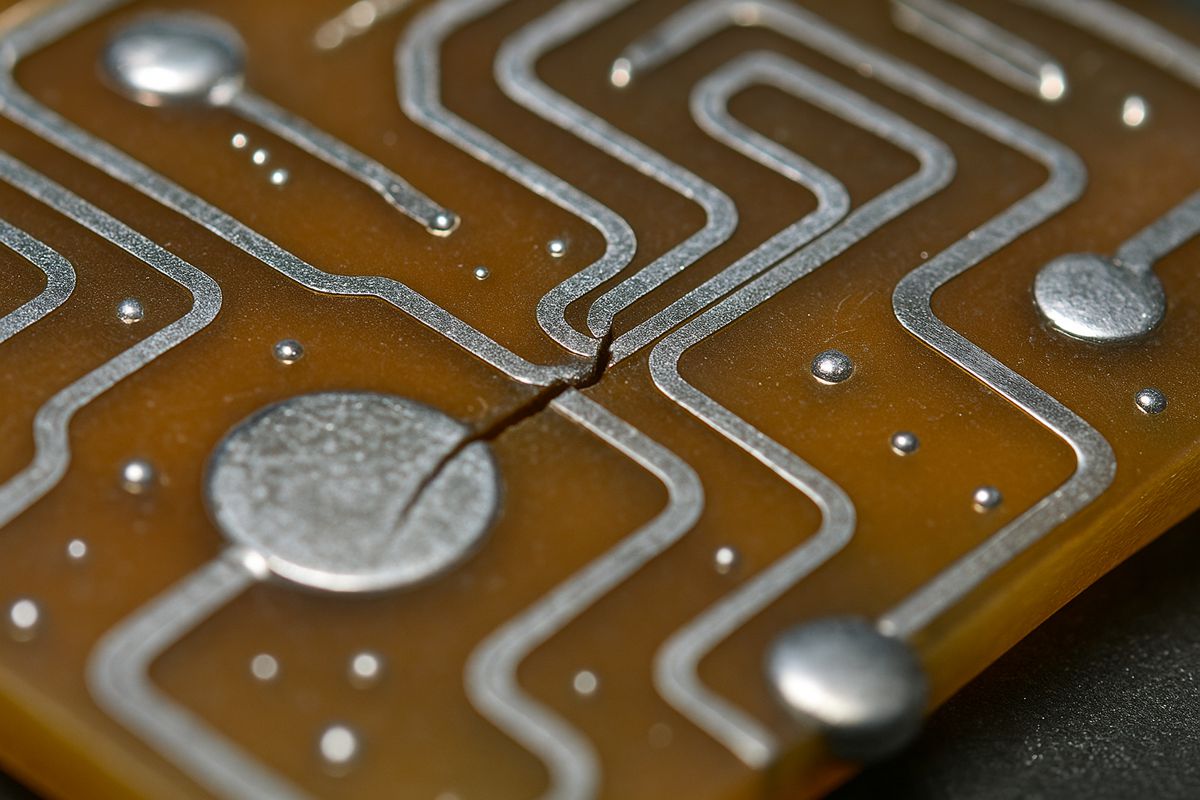Predicting Geopolymer Concrete Strength with Machine Learning
In the race towards greener, more resilient infrastructure, geopolymer concrete (GPC) is emerging as a game-changer. Known for its exceptional strength and significantly lower carbon footprint compared to ordinary Portland cement (OPC), GPC has been hailed as a next-generation building material. Yet, its performance remains difficult to predict due to the complex chemical reactions that govern its behaviour during synthesis. That’s where artificial intelligence steps in.
A team of researchers from Vietnam and Australia has unveiled an advanced approach to forecasting the compressive strength of geopolymer concrete using machine learning. Their study, Machine learning based models for predicting compressive strength of geopolymer concrete, represents a significant leap forward in sustainable materials engineering.
Research Collaboration Bridging Nations
The research was jointly conducted by experts from the Center for Engineering Application and Technology Solutions at Ho Chi Minh City Open University, the Institute of Civil Engineering at Ho Chi Minh City University of Transport, and the Faculty of Engineering & Information Technology at the University of Technology Sydney. Their collaboration demonstrates the growing importance of international partnerships in advancing smart construction technologies.
By combining scientific expertise with advanced computational tools, the team sought to overcome a long-standing challenge: how to efficiently and accurately predict GPC’s compressive strength, which is vital for structural design and quality assurance.
Why Geopolymer Concrete Matters
Traditional concrete, although the backbone of modern infrastructure, is one of the largest sources of carbon emissions globally. Geopolymer concrete offers a viable alternative, using industrial by-products such as fly ash, slag, and metakaolin instead of Portland cement. The chemical process involved produces significantly fewer greenhouse gases, aligning perfectly with global efforts to decarbonise construction.
However, the behaviour of geopolymer binders is highly sensitive to variables such as activator ratios, curing temperature, and mixture composition. Small changes in these parameters can dramatically alter the resulting strength and durability. Conventional trial-and-error methods are time-consuming, expensive, and often yield inconsistent results. Machine learning models, by contrast, can process vast datasets to uncover patterns invisible to human analysis.
Building Predictive Models with AI
The researchers designed three distinct machine learning models to predict compressive strength: a Deep Neural Network (DNN), K-Nearest Neighbours (KNN), and Support Vector Machines (SVM). They compiled a dataset of 375 experimental samples sourced from existing literature, refining it down to 345 high-quality samples after eliminating outliers.
Eight critical input variables were used:
- Coarse aggregate content
- Fine aggregate content
- NaOH content
- Na₂SiO₃ content
- Aluminosilicate content
- Curing temperature
- Curing time
- Specimen age
The output variable was the compressive strength of the geopolymer concrete. Before training, the data underwent a rigorous standardisation process to ensure consistency and minimise bias. K-fold cross-validation techniques were applied to verify the models’ robustness and avoid overfitting.
Analysing the Data with Precision
To evaluate performance, the researchers relied on statistical metrics including Root Mean Squared Error (RMSE), Mean Absolute Error (MAE), correlation coefficient (R), and Performance Index (PI). The Mean Squared Error (MSE) served as the loss function during model fitting, ensuring optimal accuracy.
The results were impressive. All three models demonstrated strong correlations between predicted and actual compressive strength values, with R values hovering around 0.9. Among them, the Deep Neural Network emerged as the top performer, with an R-value of 0.9594 across the full dataset. It achieved the lowest MAE of 2.5911—roughly 6% of the average compressive strength—and the smallest RMSE at 3.7484.
Equally important, the PI values for all models fell well below the 0.2 threshold, confirming their dependability. Cross-validation showed minimal variability, with the standard deviation of MAE values accounting for only 5% to 12% of the mean, underscoring their generalisability.
The Power of Deep Learning
Deep Neural Networks have rapidly become the cornerstone of predictive modelling in engineering. Their ability to identify nonlinear relationships and process high-dimensional data makes them ideal for studying materials with complex reaction pathways like GPC.
In this study, the DNN model demonstrated superior performance in both accuracy and adaptability. It could effectively handle the intricate interplay of multiple variables—something that traditional empirical models often struggle with. The findings suggest that integrating DNNs into the design and optimisation of geopolymer concrete could dramatically reduce the need for exhaustive physical testing.
Practical Implications for the Construction Industry
The implications of this research are far-reaching. Construction engineers and material scientists can now use machine learning tools to optimise geopolymer mix designs more efficiently, accelerating the adoption of eco-friendly concretes in mainstream construction. Predictive models such as those developed in this study could be integrated into design software, offering rapid assessments of material strength before physical casting.
For large-scale infrastructure projects, where uniformity and quality control are paramount, such predictive capabilities can help minimise material wastage, cut costs, and enhance performance reliability.
Supporting Global Decarbonisation Goals
The construction industry accounts for roughly 8% of global CO₂ emissions, primarily from cement production. By replacing Portland cement with geopolymer alternatives, manufacturers could reduce emissions by up to 80%. With the integration of machine learning, the scalability and performance predictability of these materials improve, paving the way for widespread implementation in bridges, roads, and high-rise structures.
Moreover, this research aligns with global sustainability targets such as the United Nations’ Sustainable Development Goal 9 (Industry, Innovation, and Infrastructure) and Goal 13 (Climate Action). The use of AI not only supports more sustainable materials but also fosters innovation in construction technology.
A Smarter, Stronger Future
Looking ahead, further refinements could incorporate more complex datasets that include additional influencing parameters such as activator molarity, binder composition ratios, and real-world environmental curing conditions. As AI models become more sophisticated, they could evolve into fully automated systems capable of generating optimal mix designs tailored to specific project requirements.
Machine learning is reshaping the way materials are designed and tested. The collaboration between Vietnamese and Australian institutions shows how data science can bridge gaps in materials research and accelerate the global shift towards sustainable construction.
As the industry continues to pursue carbon neutrality, the fusion of AI and materials science promises not only to enhance engineering precision but also to redefine how the world builds its future infrastructure.




















